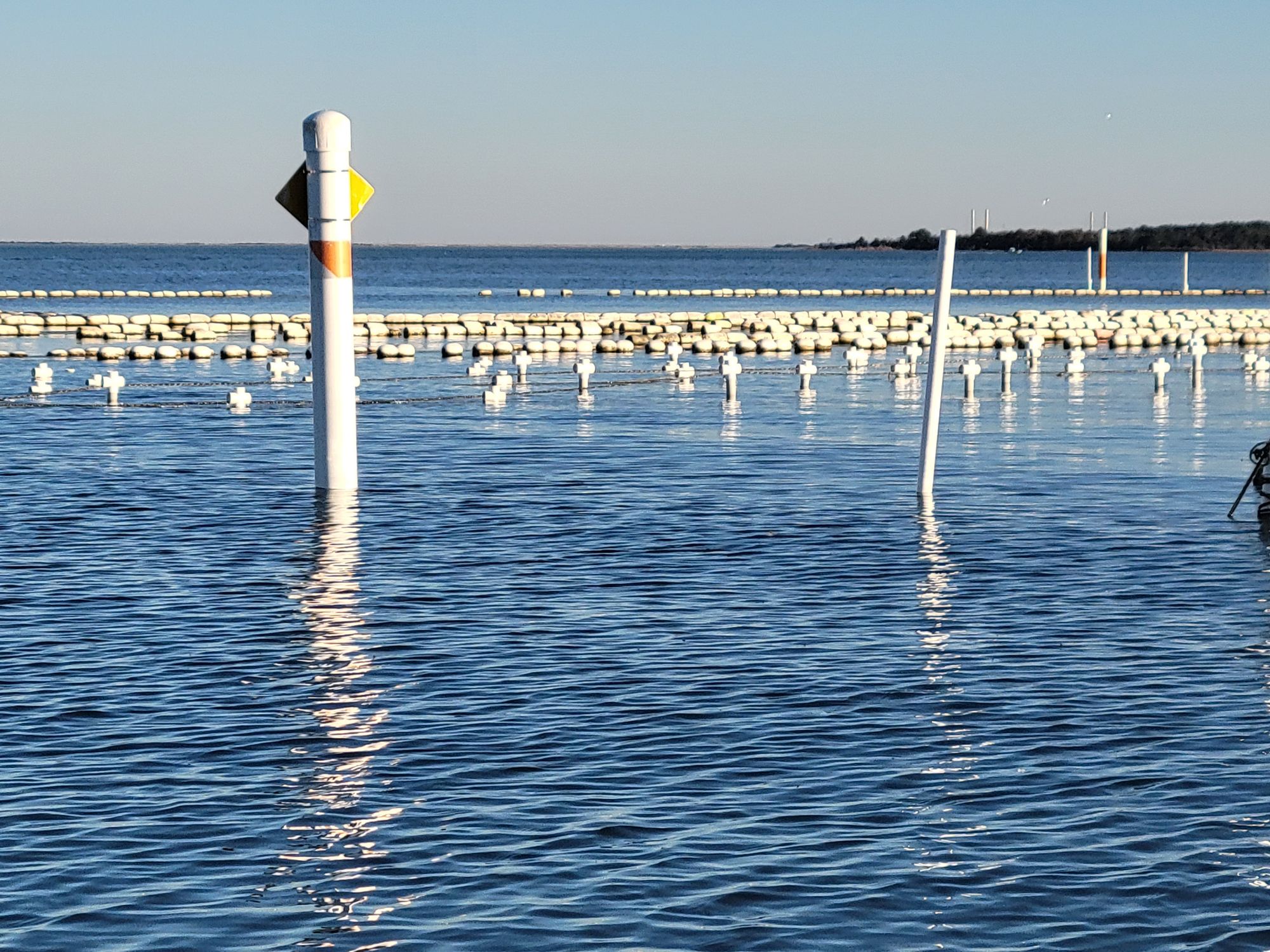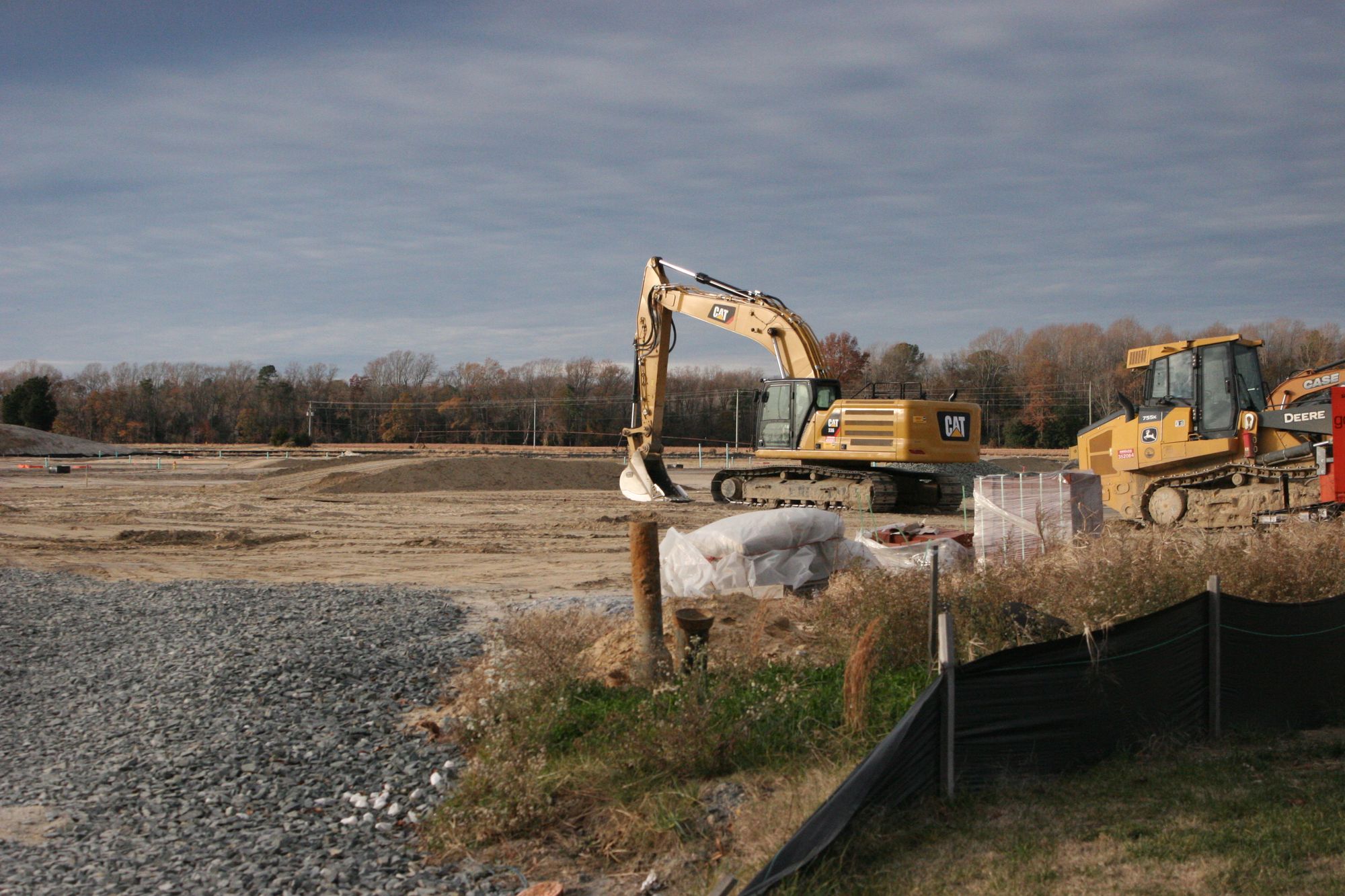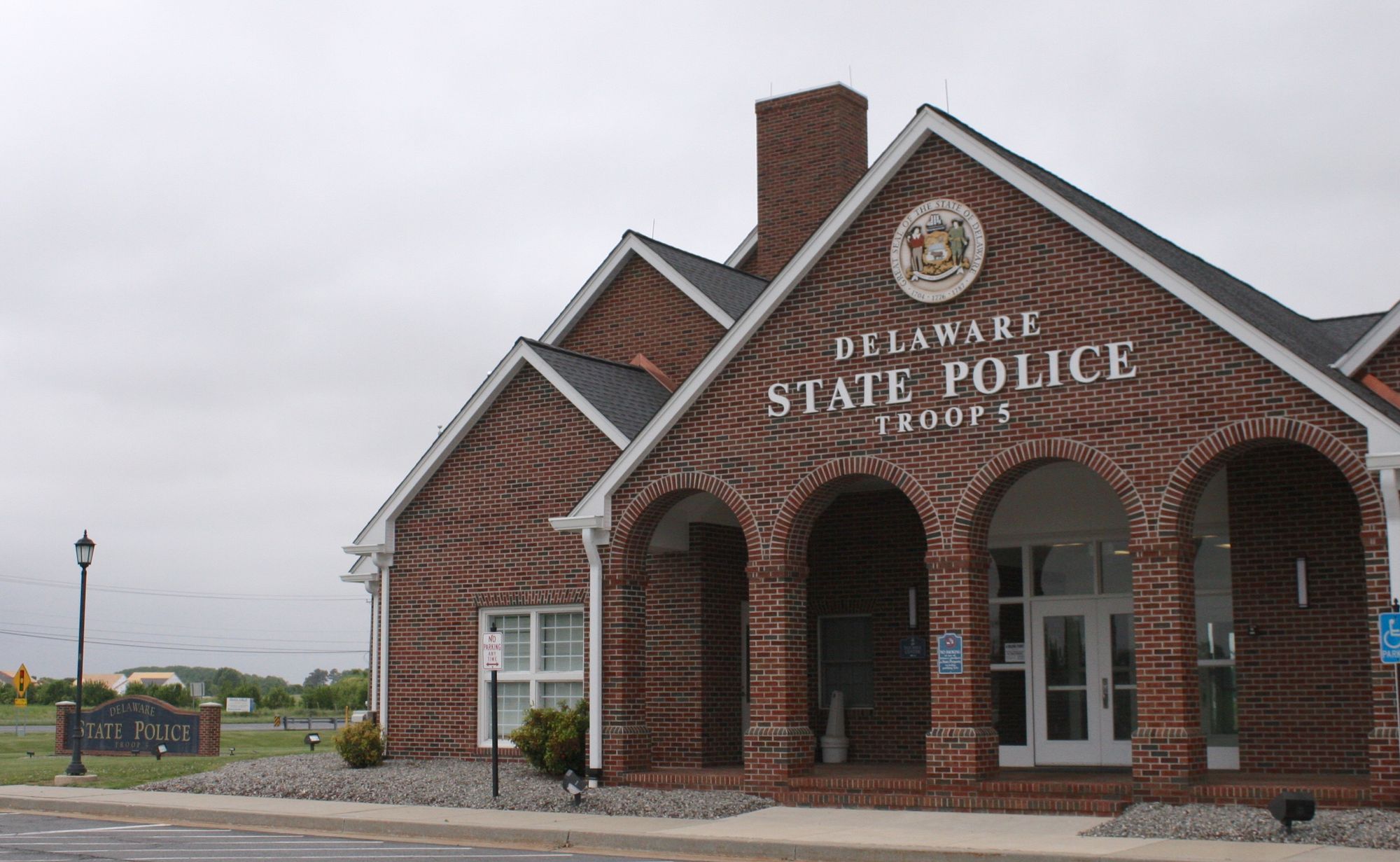A new solar farm near Greenwood is one of a slew of projects planned
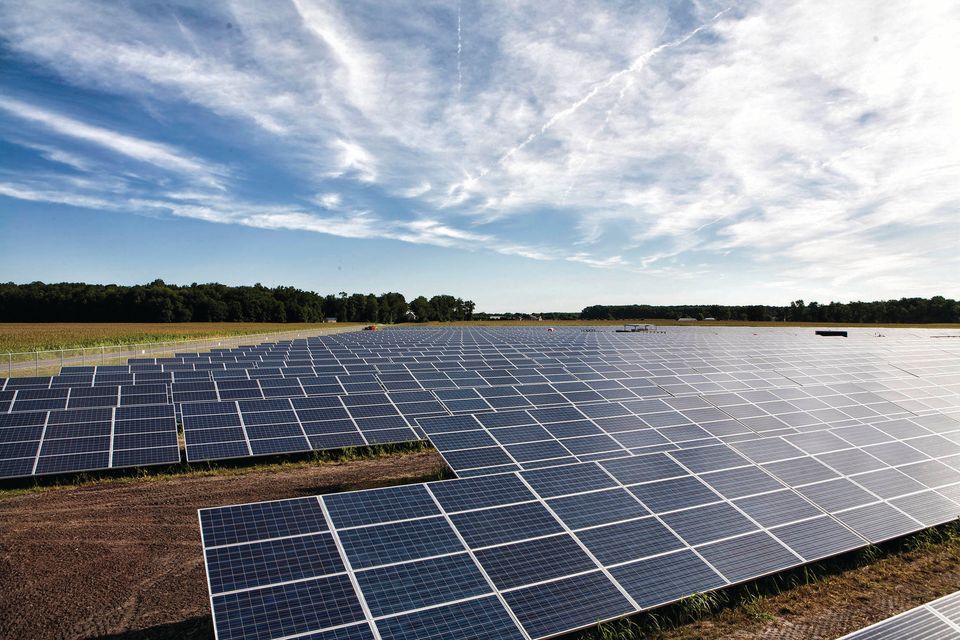
A nearly 16,000-panel solar farm planned near Greenwood is just one of a number of solar sites in Kent and Sussex counties that will supply power to Delaware Electric Cooperative.
The Greenwood site is part of a 140-acre property along Mile Stretch Road, in the rural area between Delaware Electric Cooperative’s headquarters on Route 13 and Woodbridge High School. Mile Stretch Road runs between Route 36 west of Greenwood and Adams Road.
Delaware Electric Cooperative said in a news release last week that the facility would be about 35 acres in size, and would produce 4.5 megawatts of electricity, or enough to power 900 homes and businesses.
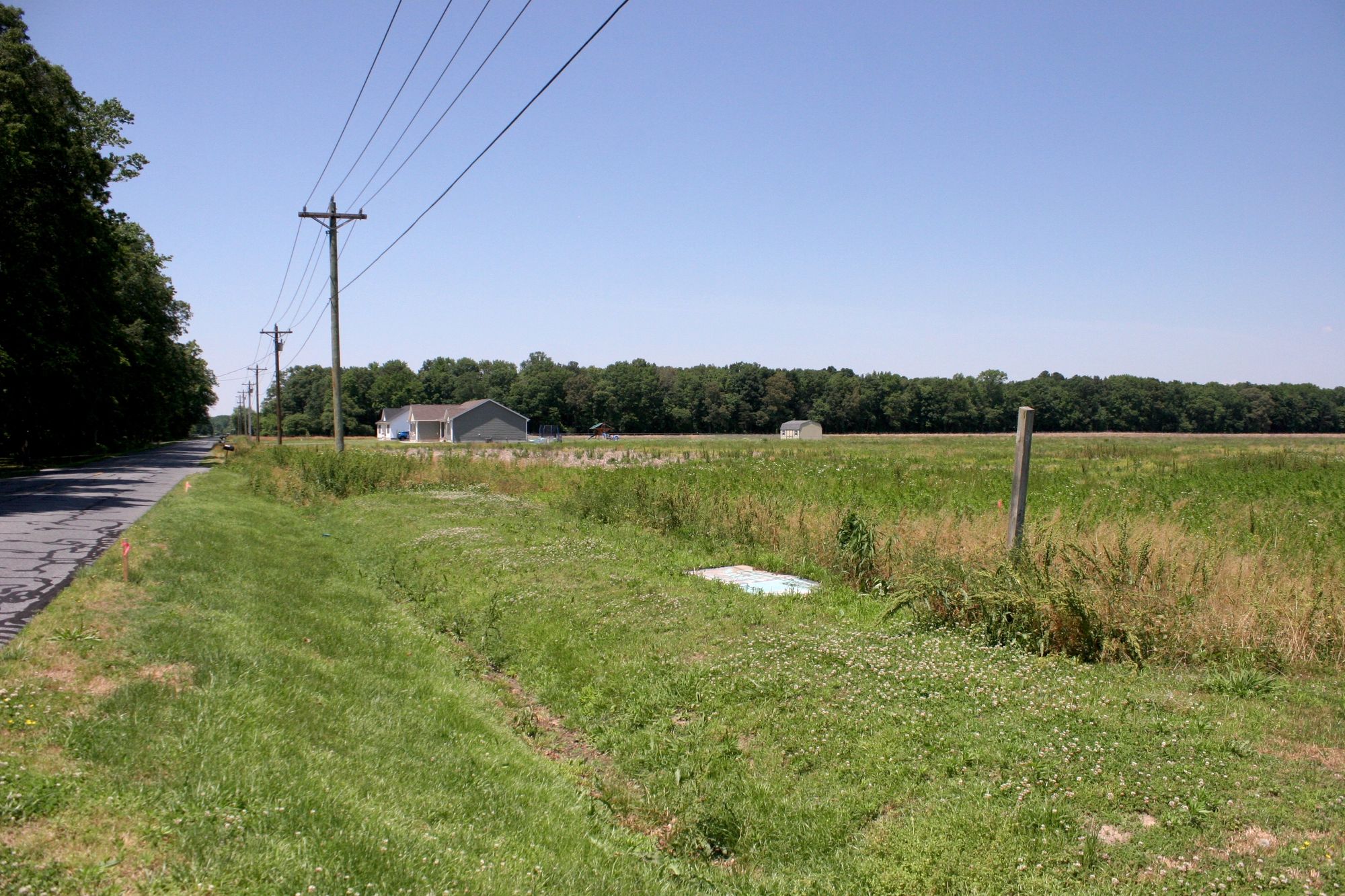
Site planning is done and construction on the project should begin over the next few months, cooperative President and CEO Greg Starheim told the Independent. Solar panels go in fairly quickly, he said, and they don’t anticipate supply chain issues. The farm should be operating by the end of the year.
Another solar project just recently began producing electricity, Starheim said. That’s a smaller facility of about 1.5 megawatts near Hartly, a small community in the rural area west of Dover, not far from the Maryland line. The cooperative estimates that much electricity will power around 260 homes.
All told, Delaware Electric Cooperative says it services more than 108,000 homes, farms and businesses in Kent and Sussex counties.
Starheim said the Greenwood and Hartly projects would boost the cooperative’s renewable energy sources to 12 percent of its total power output. (The cooperative also gets power from wind farms in other states.)
The cooperative is making a broader investment in solar energy in Delaware. It has had a solar farm in the Georgetown area since 2012, it said, and also has plans to buy power from future solar facilities near Kenton, Harrington, Felton, Milford and Frankford that “will generate enough carbon-free energy to power thousands of additional DEC homes.”
With current technology these farms are still far below the output of a coal plant. The Indian River Power Plant, for example, generates more than 400 megawatts, or 100 times more than most of these individual solar farms.
When it comes to renewable energy though, the price of solar power can be significantly less than offshore wind, Starheim said, at times less than half as costly.
Starheim said the cooperative also gets some power from a nuclear plant in Virginia. “When you consider the renewables in the porfolio, and (the nuclear plant’s) contribution to our power supply, we’re about 36 percent non-carbon right now,” he said.
The state of Delaware has mandated that utilities produce 40 percent of their power from renewable energy by 2035, Starheim said, and although Delaware Electric Cooperative is not regulated in the same way, it is trying to meet those standards as closely as possible and is ahead of schedule as of now.
“We are aggressively looking to do this, not just because there’s a state mandate, but because it’s going to result in lower costs of electricity to our members. And frankly, it’s the right thing to do for the environment,” Starheim said.
Sussex County Council approved the Greenwood project in April of last year, with some conditions. Those included that no storage facilities be built on the site, and the only allowed lighting is perimeter lighting for security, screened to keep light pollution from neighboring properties. Plans also included a security fence around the perimeter.
Plans submitted to the county show rows of panels in the center of the property, which has woodland at the back of the field along a ditch colorfully named Grubby Neck Branch. Engineers stated no tree cutting was planned.
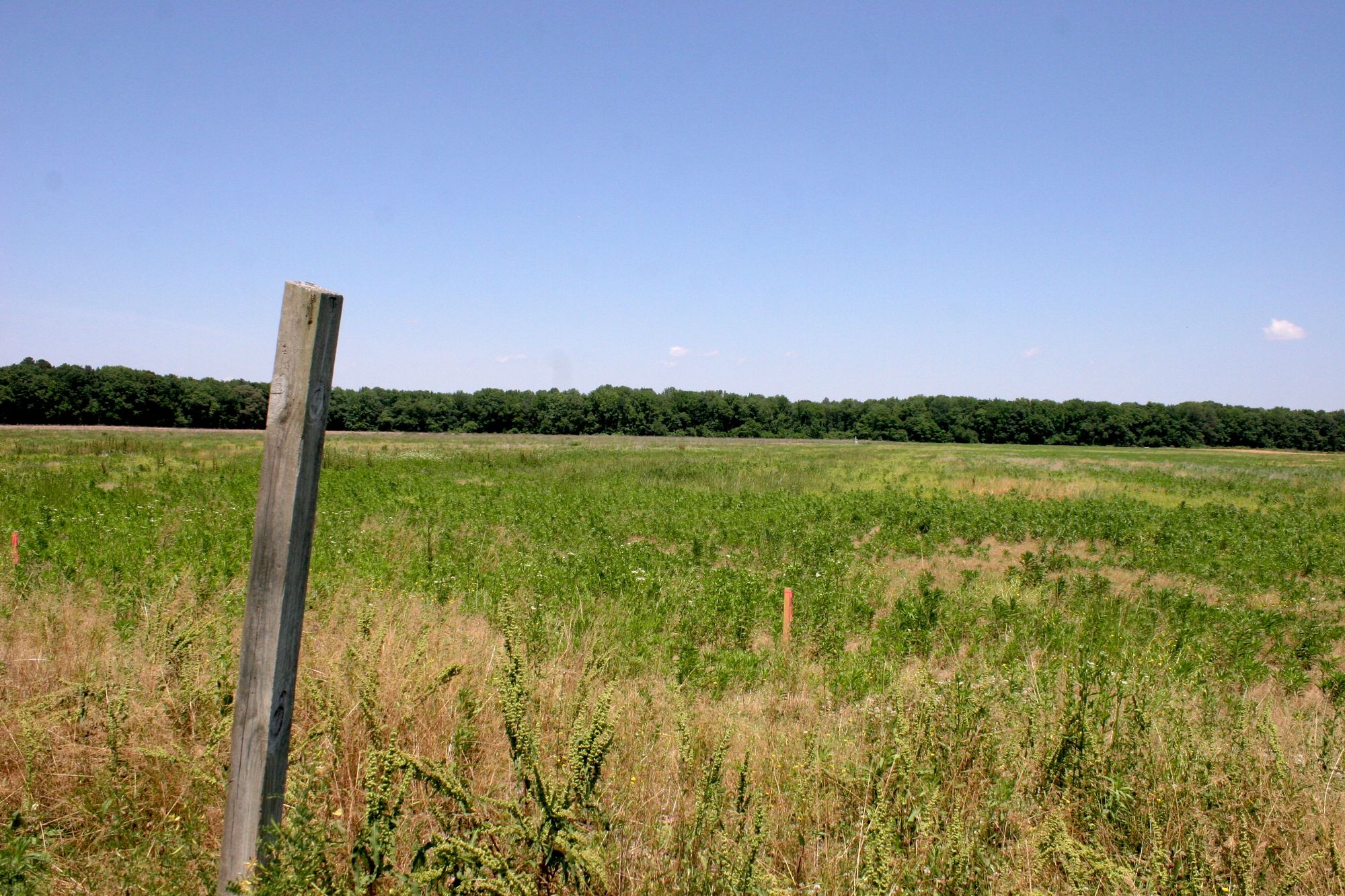
According to the engineers, the expected project life is 25 to 35 years. Once a solar farm is decommissioned, the owner will remove all the panels, cables, electrical equipment and fencing and recycle as much as possible.
“The lease agreement with the land owner ensures the removal of the power generating equipment at the end of the project life,” the engineering report states. The owner is Tull Group LLC of Seaford.
The idea is that the land could go back to farmland eventually.
The federal Department of Energy is optimistic about reusing such farmland, noting that giving soil a break from farming can actually help soil quality. Some people even raise crops among the panels or graze livestock like sheep while the solar farm is in operation.
However, the cooperative and the landowner would have the option to extend the lease and keep it in solar panels longer than 25 years, Starheim said.
He said solar panels age and become less efficient over time, so “25 years is not a number just picked out of the air. That’s roughly, kind of what the industry is assuming is the life of a solar panel.” Also, technology changes and becomes more efficient, he said, so in a couple decades they may be able to get more power with new equipment.
“But the landowners aren’t committing their real estate forever,” Starheim said.
The Greenwood solar farm is a partnership with Old Dominion Electric Cooperative, which Delaware Electric Cooperative owns along with other cooperatives, and is being managed by EDF Renewables Distributed Solutions.
In a strange little aside that has nothing to do with solar energy, the Greenwood site was initially called the Heimlich project after Delaware native Henry Heimlich, the man credited as the inventor of the famous Heimlich Maneuver used to save people who are choking. But that name has been dropped.
Heimlich’s son Peter Heimlich has been campaigning against his father’s legacy, and on his blog shared a letter he wrote to EDF Renewables. He called his father a “remarkable and destructive medical charlatan” and questioned the decision to name the farm after Henry Heimlich. His campaign succeeded. It’s now called the Diamond State project, Starheim said.
More stories:

